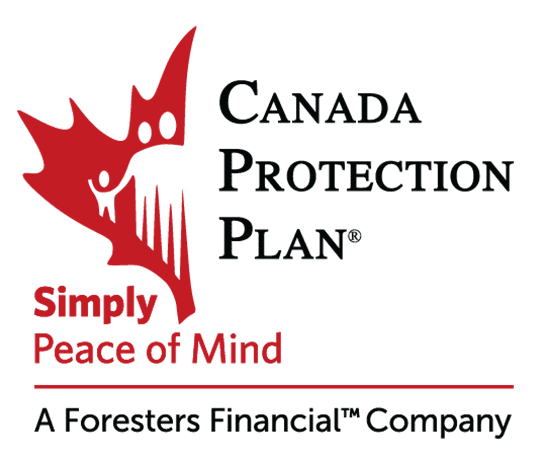
By Jean Riddell | Credit Canada
Here’s five common retirement planning mistakes and what you can do to ensure your golden years are good ones.
1. Amassing High Consumer Debt
The average Canadian owes over $8,500 in consumer (non-mortgage) debt and it continues to grow. Despite what some people might think, credit is not an extension of income; you will need to pay it back. But unfortunately, many people only make minimum payments, which doesn’t do much to make a dent in the overall balance. (Plus, all this money could be going to your personal retirement fund instead of funding your creditor!) Of course, your best bet is to not get into debt in the first place, but if you’ve found yourself in this position you’ll want to start paying it down as quickly as possible (like, now-ish), starting with the cards with the highest interest rate, so that you can work towards the goal of living debt-free in retirement.
2. Not Starting to Save Soon Enough
When you’re in your twenties and just starting out, it’s easy to brush off retirement planning—your 60s seem worlds away at that age! But they’ll creep up on you faster than you think. Plus, by starting early, your funds will have a chance to compound over time. This way, you’re not trying to play catch up in your later years, setting aside a large percentage of each paycheque for retirement and then struggling to live comfortably or make ends meet. Make things easier on yourself by partaking in the company pension plan (most even match a percentage of your investment—that’s free money!) or setting up a Registered Retirement Savings Plan (RRSP).
3. Retiring Too Soon
While the thought of ditching your job may sound great now, the reality can be a lot different. Work isn’t just a 9-to-5 for many of us. Today, we’re connected to our jobs almost 24/7; we take calls at odd hours and check our emails, even when we’re on vacation. So, retiring can leave many people feeling bored or depressed because they no longer have the sense of worth that their job once provided. While 65 is considered retirement age, many Canadians don’t wait that long. They may even begin drawing from their Canada Pension Plan (CPP) at age 60. However, because CPP is based on how much you have contributed and for how long, working just a few more years can greatly improve the size of your pension. (And keep you busy a little while longer!)
4. Counting on Your Home to Fund Retirement
It sounds like a good plan; buy a home, watch its value increase, then sell it and downsize in order to fund a portion of your retirement. Unfortunately, it doesn’t always work out that way. It’s possible the home may not hold as much value as you think, plus profits can be chipped away at when you consider moving costs, agent fees, and more. In addition, trading down is often easier said than done. Once you’re accustomed to a certain standard of living, anything less can be difficult to accept. Many turn to upscale condos with high fees, resulting in very little cost savings. If this is your retirement strategy, make sure you’re truly comfortable trading down both your home and your lifestyle.
5. Not Planning for Hurdles
We like to envision ourselves tossing off the shackles of work and living carefree for the rest of our days. If only that were always true! The unexpected happens and we need to be prepared for it. What if you were to get divorced? That means RRSP funds would be halved and CPP credits split. On top of that, you and your ex will now be maintaining two households, not just one. And while we don’t like to think about it, what about death? The surviving spouse will lose the other’s OAS and potentially a portion of the CPP income. One way to save up money for the unexpected is to stagger retirement, meaning one spouse works a few years longer than the other in order to build up an additional emergency fund.
Don’t spend your golden years worrying about money. Start saving for retirement today so that you can enjoy debt-free, work-free living! You can learn more about OAS and CPP on the Government of Canada website, and you can use our free expert advice and tools as an important part of retirement planning. If debt is hindering your ability to save for retirement, you may want to consider a Debt Consolidation Program. You can read everything there is to know about debt consolidation here, or if you’re looking for some free professional advice, you can always speak with a Credit Canada certified credit counsellor.







